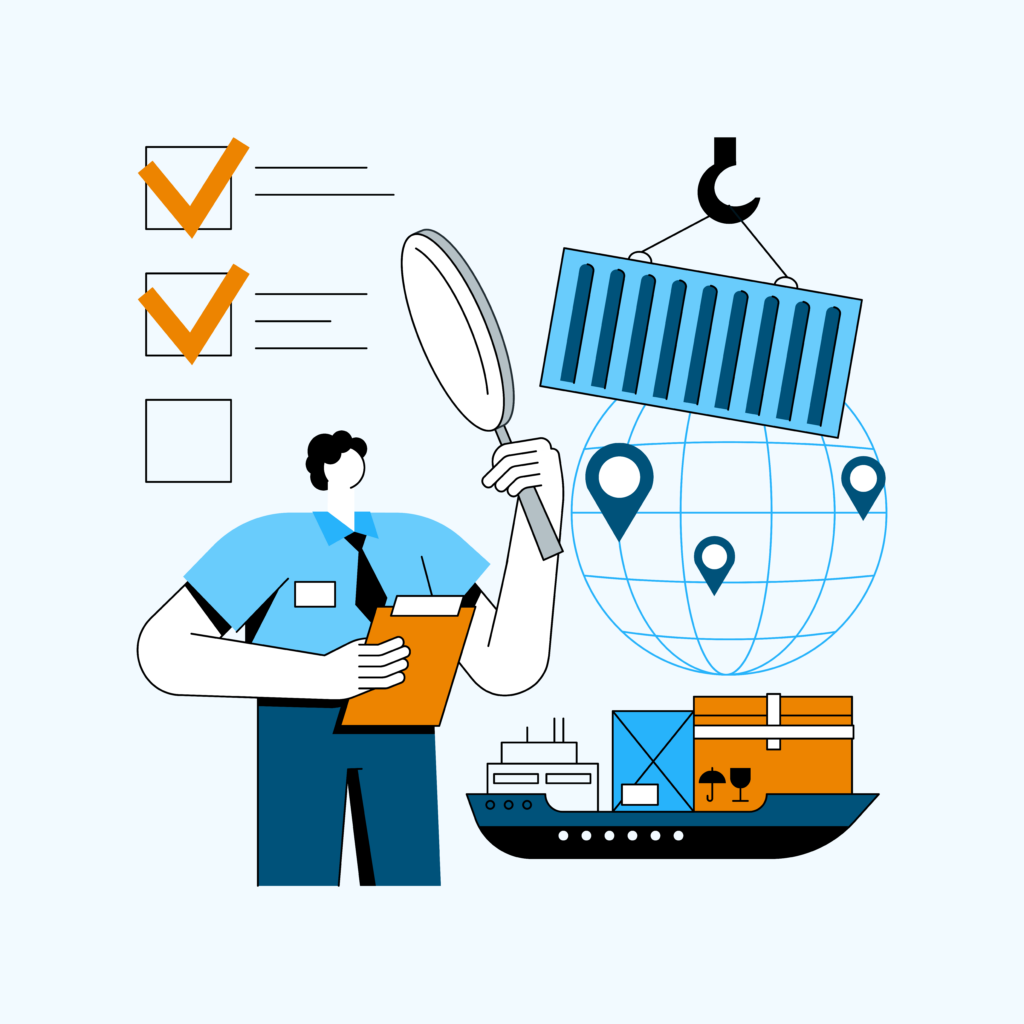Trillions of dollars worth of goods are moving around the world daily. International trade and transportation are critical to the global economy’s health. However, the lack of visibility into a large amount of important logistical data and unanticipated supply chain threats create challenges to the market. The global trading system is vulnerable to terrorist exploitation, which would severely damage the entire global economy and the social well-being of nations. Custom agencies, therefore, have a great responsibility to strengthen supply chain security while also contributing to socio-economic growth through revenue collection and trade facilitation. In this blog, we will look at the top customs challenges in today’s market.
Today’s top customs challenges
Efficiency and operational excellence
One of the challenges for customs agencies is ensuring the efficient movement of goods and reaching operational excellence. Over the years, customs agencies have heavily invested in technology to process transactions automatically. However, there still is the need for one system that efficiently processes millions of export declarations, automatically calculating taxes to be paid, quotas, checking permits, and so on, without the need for human intervention.
Wide-open door for international trade
Another challenge is to make it easier and cheaper for the logistics community to do business. Customs requirements are complicated and necessitate a great deal of information to be declared, products to be classified, paperwork to be handled, and licenses to be in place. As a result, shippers and buyers often have to rely on customs agents to do their customs work, which is both costly and time-consuming. Therefore, making it easy for firms to trade across borders makes the country more appealing to do business and boosts economic growth.

Stay efficiently compliant
Ensuring compliance in a timely and effective manner is yet another customs challenge. The tremendous amount of goods crossing borders every day makes it impossible for customs to inspect everything coming in and out of the country. Customs selects the most suspect cargo for inspection based on risk assessment. They must rely on advanced customs information and risk assessment technologies to accomplish this.
Aside from cargo, it is critical to examine to see if individuals are complying. For customs to assure compliance effectively, they must be able to trust that 95% of all participants are voluntary / assisted compliant, allowing them to focus on the remaining 5% of offenders and criminals.
Prevent illicit trades
The last challenge we discuss today is the need for a superior information position and predictive analytics. Criminals (4th category) will always try to find ways to hide their illegal activities. Customs organizations must use as much information as possible to find new and previously unknown patterns of illegal activity. It’s critical to collect different data sources (from shippers, buyers, other governments, transport movements, prices, etc.) and use predictive analytics to discover abnormalities.
What is the solution for customs challenges?
Customs agencies need the right digital solution that fits their processes and organizational structure. Customs staff need support with efficient inspections such as:
- All data at their fingertips
- Different types of inspections (administrative / scanner / physical)
- Automatic verification of licenses
- Integration with scanners.









